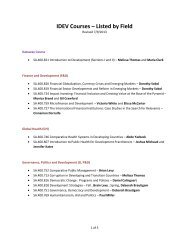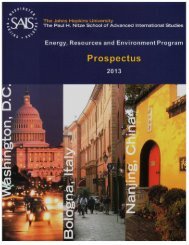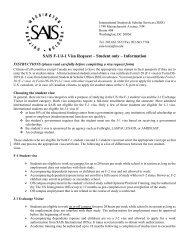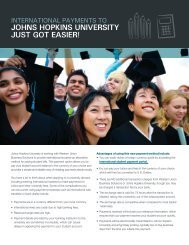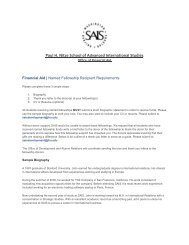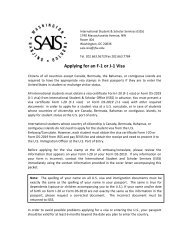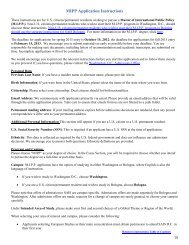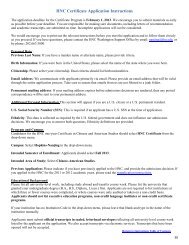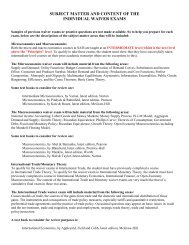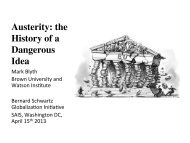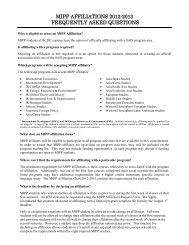Tunisia: Understanding Conflict 2012 - Johns Hopkins School of ...
Tunisia: Understanding Conflict 2012 - Johns Hopkins School of ...
Tunisia: Understanding Conflict 2012 - Johns Hopkins School of ...
You also want an ePaper? Increase the reach of your titles
YUMPU automatically turns print PDFs into web optimized ePapers that Google loves.
in early January <strong>of</strong> 2011, you would believe that the protestors were just vandals and<br />
looters, and that the shining image <strong>of</strong> Ben Ali visiting the dying Bouazizi in the hospital<br />
was genuine. In reality, citizens were more oppressed than ever. Two <strong>Tunisia</strong>n men<br />
from AFP and Reuters were able to capture this oppression in photos. They were candid,<br />
spontaneous, and unlicensed, and as they circulated online people began to realize the<br />
power <strong>of</strong> the images. A snowball effect was created. No one had thought to do counterpropaganda<br />
before, but all <strong>of</strong> a sudden the images <strong>of</strong> protest and oppression were<br />
everywhere—everywhere but the eerily quiet <strong>Tunisia</strong>n news sources (SAIS Group<br />
Meeting with Hatem Bourial, 25 January <strong>2012</strong>).<br />
A former minister under the Ben Ali regime believes that the other distinctive<br />
factor which contributed to the success <strong>of</strong> the movement was the level <strong>of</strong> involvement by<br />
citizens from a variety <strong>of</strong> demographics. Generally speaking, movements that lack the<br />
support <strong>of</strong> the middle or higher classes do not succeed. Evidence <strong>of</strong> this can be found in<br />
intellectual middle class support for the French Revolution or the Civil Rights movement<br />
in the United States. The poor citizens <strong>of</strong> Sidi Bouzid, Kesserine and Gafsa in the<br />
interior were protesting, but surprisingly, so were the middle class citizens (SAIS Group<br />
Meeting 25 January <strong>2012</strong>). Moncef Barouni adds that when all citizens feel the effects <strong>of</strong><br />
oppression and a decline in their purchasing power, this is the point at which society as a<br />
whole unites in realization <strong>of</strong> their collective power. Within two days, <strong>Tunisia</strong> had<br />
ousted three main state <strong>of</strong>ficials (SAIS Group Meeting, 24 January <strong>2012</strong>).<br />
Obstacles on Revolutionary Road<br />
<strong>Tunisia</strong>, in the words <strong>of</strong> Dr. Radwan Masmoudi, is seeking to become “a genuine<br />
democracy that combines dignity, human rights, justice, and Arabo-Islamic values.” 4<br />
People like Latifa Lakhdar think this goal is definitely possible (SAIS Group Meeting, 26<br />
January <strong>2012</strong>). In the achievement <strong>of</strong> this outcome, the country must merge the needs<br />
and narratives <strong>of</strong> all its citizens. I will now address the prospects for bridging their<br />
desires into the national framework for a more unified and stable future in <strong>Tunisia</strong>.<br />
4 Ghannouchi, Rachid, and Radwan Masmoudi (introduction). “Secularism and Relation between<br />
Religion and the State from the Perspective <strong>of</strong> the Nahdha Party.” Center for the Study <strong>of</strong> Islam<br />
and Democracy (CSID). 9 March <strong>2012</strong>. Speech.<br />
20



